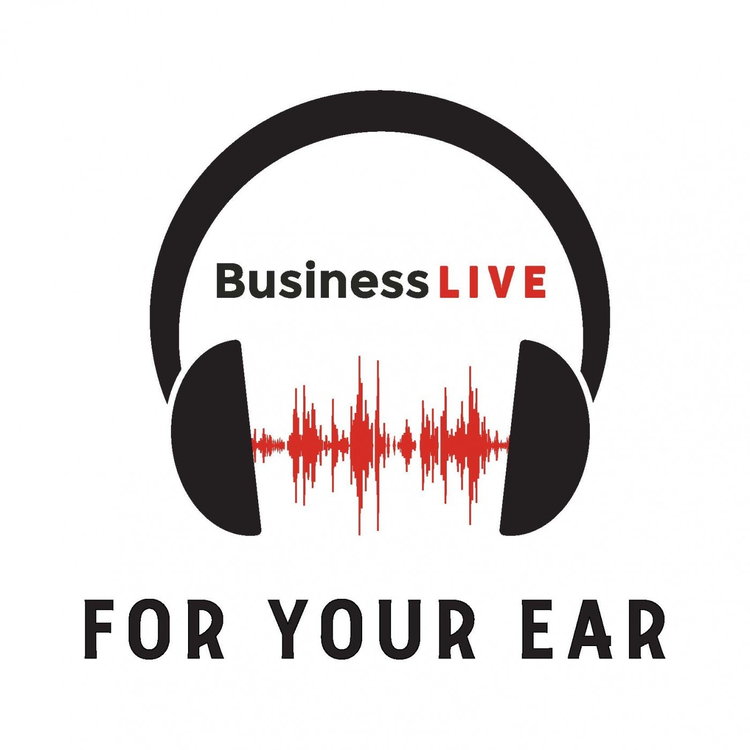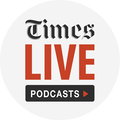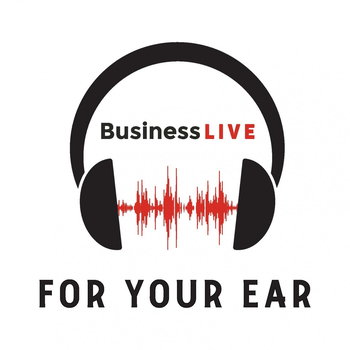
ECB uncertain about economic outlook but will know more in September
Loading player...
Frankfurt — European Central Bank (ECB) policymakers expressed uncertainty at their latest policy meeting about the economic outlook and the extent to which they’ll have to deploy monetary stimulus.
The account of their July session showed officials were reluctant to draw conclusions from early signs of economic recovery after pandemic lockdowns were eased. Chief economist Philip Lane told the gathering that the breadth and scale of the recovery remains uneven and partial.
“At its September meeting, the governing council will be in a better position to reassess the monetary policy stance and its policy tools,” the account of the meeting showed. “This will provide more clarity regarding the medium-term inflation outlook” and prospects for economic activity.
A sharp initial rebound had some officials speculating in the run-up to the gathering that the ECB might not need to spend the full €1.35-trillion earmarked for purchases under its pandemic programme. That debate was reflected in the account, with some policymakers arguing that “the net purchase envelope should be considered a ceiling rather than a target”.
Other officials countered that the “current presumption” is that the envelope of the programme “will have to be used in full”.
Since then, prospects for the economy have darkened, with some indicators suggesting activity has plateaued. Lane warned earlier in August that uncertainty about the coronavirus will weigh on consumers and businesses for some time.
Infections are rising again across Europe as peak vacation season is underway. That’s forced some governments to reinstate travel warnings and tighten restrictions on mask-wearing and social contact.
At the same time, unemployment is beginning to creep up — despite generous furlough schemes in many countries. The numbers are likely to rise further in the coming months as governments start to phase out support programmes.
That’s why some cautioned during the meeting against reading too much into initially strong data. A “technical” rebound was to be expected, they said, but that “doesn’t answer the question of how steady the recovery will be in the period ahead”.
Forward-looking indicators, such as new orders, have remained well below their average levels, according to some of the participants.
In the US, in July, central bankers backed off from an earlier readiness to set a clearer bar for raising interest rates. Minutes of the US Federal Reserve’s last meeting, published on Wednesday, showed officials are committed to keeping policy ultra-loose as long as the coronavirus crisis ...
The account of their July session showed officials were reluctant to draw conclusions from early signs of economic recovery after pandemic lockdowns were eased. Chief economist Philip Lane told the gathering that the breadth and scale of the recovery remains uneven and partial.
“At its September meeting, the governing council will be in a better position to reassess the monetary policy stance and its policy tools,” the account of the meeting showed. “This will provide more clarity regarding the medium-term inflation outlook” and prospects for economic activity.
A sharp initial rebound had some officials speculating in the run-up to the gathering that the ECB might not need to spend the full €1.35-trillion earmarked for purchases under its pandemic programme. That debate was reflected in the account, with some policymakers arguing that “the net purchase envelope should be considered a ceiling rather than a target”.
Other officials countered that the “current presumption” is that the envelope of the programme “will have to be used in full”.
Since then, prospects for the economy have darkened, with some indicators suggesting activity has plateaued. Lane warned earlier in August that uncertainty about the coronavirus will weigh on consumers and businesses for some time.
Infections are rising again across Europe as peak vacation season is underway. That’s forced some governments to reinstate travel warnings and tighten restrictions on mask-wearing and social contact.
At the same time, unemployment is beginning to creep up — despite generous furlough schemes in many countries. The numbers are likely to rise further in the coming months as governments start to phase out support programmes.
That’s why some cautioned during the meeting against reading too much into initially strong data. A “technical” rebound was to be expected, they said, but that “doesn’t answer the question of how steady the recovery will be in the period ahead”.
Forward-looking indicators, such as new orders, have remained well below their average levels, according to some of the participants.
In the US, in July, central bankers backed off from an earlier readiness to set a clearer bar for raising interest rates. Minutes of the US Federal Reserve’s last meeting, published on Wednesday, showed officials are committed to keeping policy ultra-loose as long as the coronavirus crisis ...

